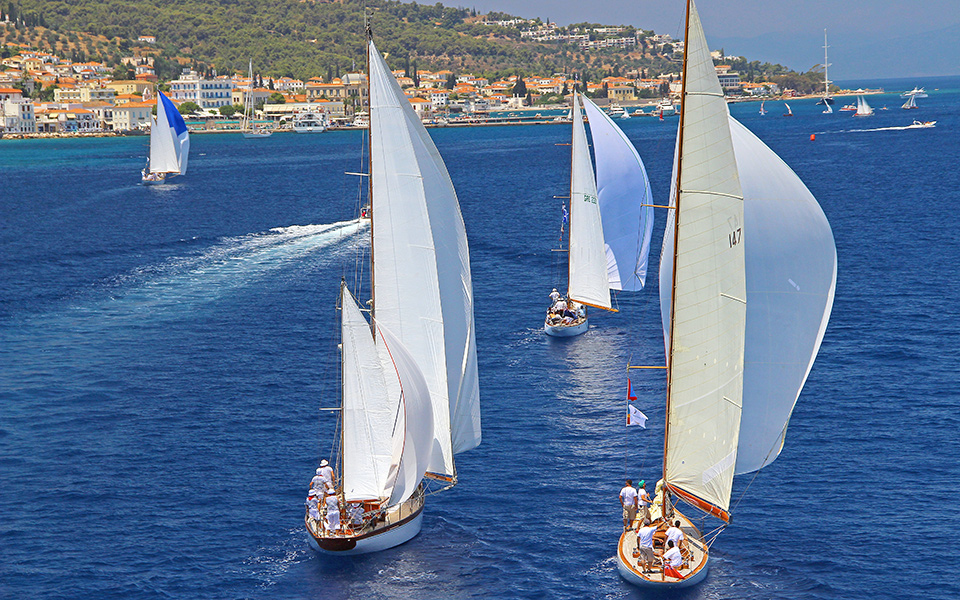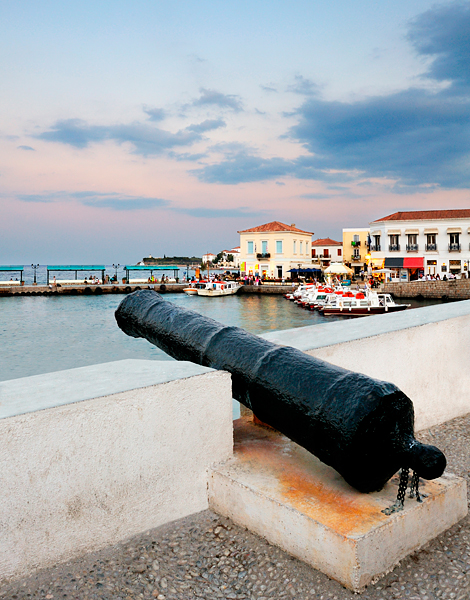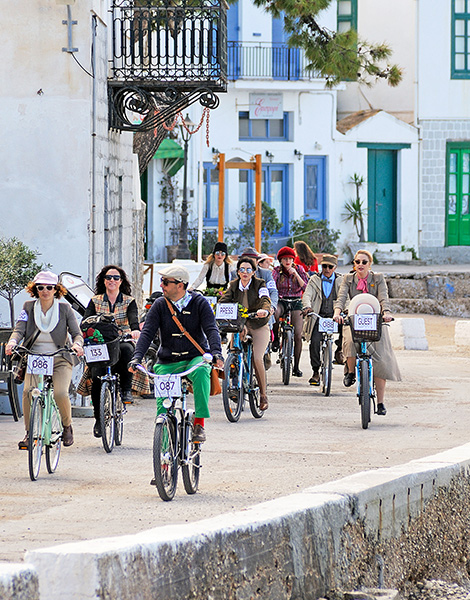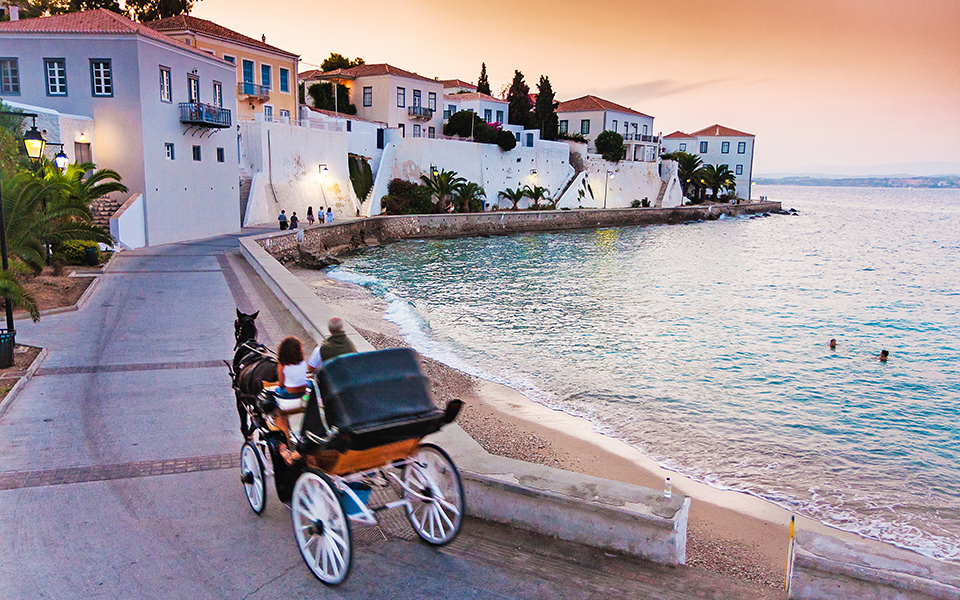Beautiful nature, perfect beaches and a complex history ‒ Spetses is an island that has all three. It’s close enough to Athens to be enjoyed as a day trip and has enough varied sites and activities to keep you completely occupied for longer trips. This was the first island from the Argosaronic Gulf to join Greece’s 1821 independence revolution.
Home to a heroic naval commander who went down in history for her role in the revolution and pine forests that lent their name to the island in antiquity, here are five reasons why you should visit.
1. The history
At Poseidon Square near the harbor, visitors are welcomed by a statue of Greek War of Independence heroine Laskarina Bouboulina. Her house, transformed into the Laskarina Bouboulina Museum, is located in the backstreets nearby.
Many of Bouboulina’s personal belongings are displayed here. They convey the heroic atmosphere of Bouboulina’s era, when sea captains from the islands of Hydra and Spetses converted a significant part of their commercial fleet into warships to support the Greek revolution. Considerable amounts of personal wealth were sacrificed to do so.
A mansion linked to Hatzigiannis Mexis, a prominent citizen of Spetses whose power and wealth also played an important role in the revolution, is also maintained as a museum. Its exhibits include heirlooms and wooden figureheads.

2. The island’s renowned events
The biggest of the island’s celebrations, the Armata, is held every September and involves a fleet of the island’s boats, music and fireworks in honor of a naval victory during the Greek revolution. In the old port, you will find the chapel of the Virgin Mary of the Armata (Panagias tis Armatas), which legend says miraculously prevented an Ottoman invasion of the island in September 1822.
The regatta, entries to which include vintage boats, fishing boats and traditional sailing boats, is another important event staged on the island. It was introduced six years ago and has since been held annually. Vintage boats set sail in an impressive spectacle full of symbolism that is associated with the island’s rich past.
3. The atmosphere
Explore the little alleys and look out for the charming black and white pebble mosaics which decorate house courtyards and focus on maritime themes such as frigates, mermaids, octopuses, billowing sails and anchors. Also look for the island’s more prominent houses (kapetanospita) in the area, especially along the esplanade from the old port to Aghios Nikolaos beach, which, incidentally, is a good spot for swimming.

© Shutterstock

4. The port’s vibrant life
Don’t miss a visit to the island’s traditional shipyards (tarsanades) in the old port, where craftsmen, having kept alive a centuries-old skill, build and repair wooden vessels.
Carry on towards the Navy Park, where pine trees meet the sea and wooden sculptures, including an owl and a mermaid by renowned Greek sculptor Natalia Mela, are on display. Numerous bars as well as exceptional fish tavernas are clustered at the old port.
Irresistible sweets, including the island’s famous amigdalota almond sweets, can be found at the confectionery shops in the new port (Dapia) area.
5. Cycling around the island
Touring the island by bicycle is a great way to experience the lush nature which lead to the island being known as Pitioussa, meaning pine-filled, in ancient times. The charming combination of pine trees and sea, especially in the island’s southwest area, is best enjoyed by bike. The island’s whimsical springtime Tweed Run is a bicycle ride organized by the luxury Poseidonion Grand Hotel in which participants dress in tweed.












